Iliyas Ong chats with Mauro Nastri, Export Manager of Porada, on the Italian furniture brand’s collections, design processes, and its proud tradition of woodworking.

March 24th, 2014
Top image: Marrakesh designed by Opera Design
Porada went from exclusively producing chairs to a full-blown furniture company, crafting everything from tables to desks to systems. It was in 1968 that this new identity was born, but the Italian brand never forgot its heritage in high-quality woodworking. Various kinds of woods still figure prominently in Porada’s current collection, which fuses the old and the new to flesh out the firm’s motto of “Live, learn, dream”.
Porada’s Export Manager, Mauro Nastri, was in town recently, and we sat down with him to discuss the brand’s design philosophy, Asian strategy, and if it ever tried to avoid using wood as a material.
Tell us about Porada.
The company is mainly known for woodworking; we pay particular attention to solid wood. We try to give a shape to a function whenever we design a new piece, keep the quality of the material selection, and also keep an eye on the affordability of the pieces. These are not cheap products, but they are made to last in terms of manufacturing and design. These are designs that are never too much influenced by trends. They’re timeless pieces.
Why did Porada change its course in 1968?
The brand went towards the higher end of the market. The company decided to stop sub-contracting business and go on the market with its own brand. That was a big change: a change of name, but the people remained mostly the same.
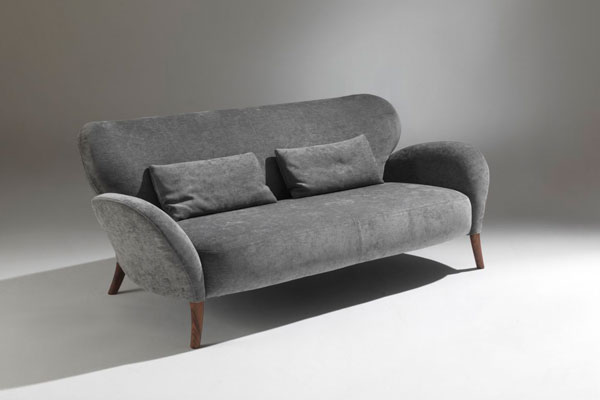
Cloud designed by M Marconato & T Zappa
Can you explain the motto “Live, learn, dream”?
Learn from the past, live in the present, and dream about the future. It’s all linked together, so it’s not about doing something different for the sake of it. It’s an evolution.
Has the brand experimented with materials other than wood?
There was a phase around 30 years ago – maybe 1984 or 1985 – when we tried to only use metal and glass. But after two to three years, we went back to wood. Now, we’re going to introduce burnt oak for a few items. We’re also experimenting with new woods and are considering new grains, veneers and solids – but we’re still in the testing phase.
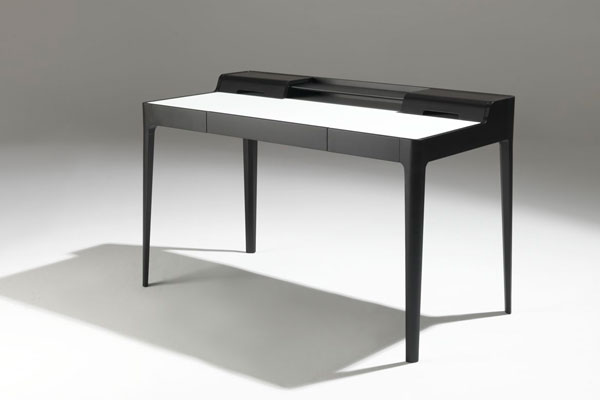
Saffo Cuoio designed by C Ballabio
How do you begin planning for a new collection?
We get feedback from our dealers around the world about what is missing in a collection and what is missing from the market. After we collect the information, we give a brief to designers. For example, three or four years ago we developed a couple of shoe racks when a few dealers announced that need.
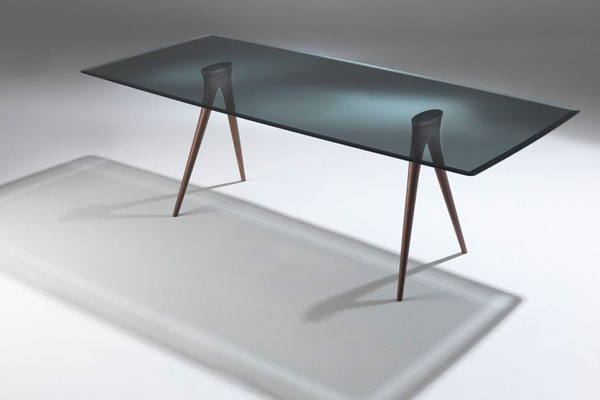
Balance designed by M & L Dainelli
What about this year’s collection?
This year we’re going to have a Scandinavian-looking collection, designed by Danish designers such as Hans Jacobsen. We have noticed that this kind of look is well-appreciated by the market, and our know-how in woodworking also comes out better. It’s called the ‘Twist and Turn’ collection.
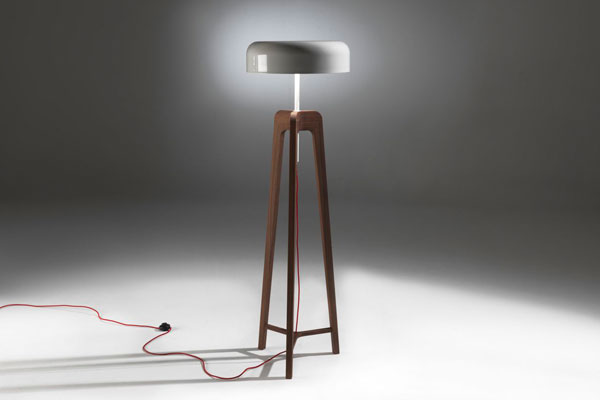
Pileo designed by Sovrappensiero
How do you ensure these designers ‘fit into’ Porada’s identity?
One of the features of our collections is that if you don’t explicitly look out for the designer, you won’t know that the pieces have been done by different designers. That’s an important thing. Porada wants to be Porada, in spite of the designers.
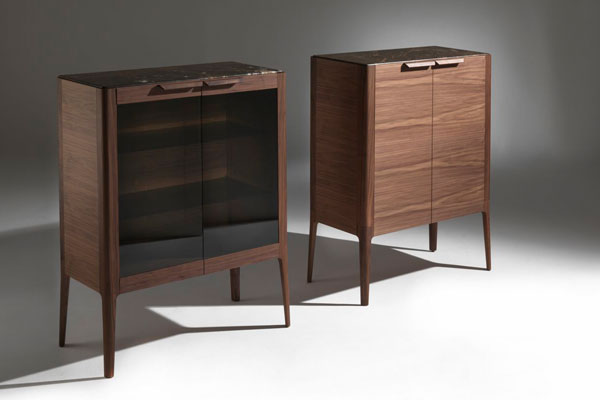
Atlante designed by C Ballabio
How is Porada approaching the Asian markets?
Apart from China, we have six concentrated showrooms in Asia: in Singapore, Malaysia, Hong Kong, Manila, and Indonesia. We’re starting something in Vietnam, but it’s still early days. We also want to have two flagships, in Tokyo and Beijing, but that’s still in the pipeline.
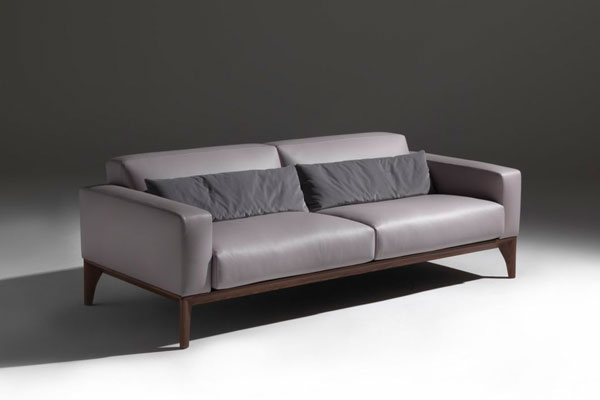
Febo designed by M Marconato & T Zappa
We like how the Far East thinks. It’s a constant relationship, face-to-face, and if you welcome them, they’ll welcome you. We feel at home. But fitting into a particular market comes by itself. We don’t force it.
Porada is carried in Singapore at Marquis Furniture Gallery.
INDESIGN is on instagram
Follow @indesignlive
A searchable and comprehensive guide for specifying leading products and their suppliers
Keep up to date with the latest and greatest from our industry BFF's!
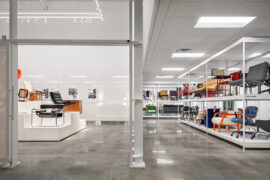
The undeniable thread connecting Herman Miller and Knoll’s design legacies across the decades now finds its profound physical embodiment at MillerKnoll’s new Design Yard Archives.
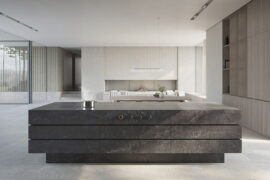
For those who appreciate form as much as function, Gaggenau’s latest induction innovation delivers sculpted precision and effortless flexibility, disappearing seamlessly into the surface when not in use.
The internet never sleeps! Here's the stuff you might have missed
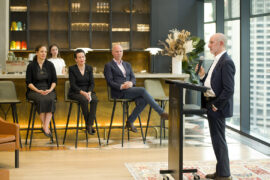
The eponymous practice founder reflects on four decades of work in a new book launched by Lord Mayor Clover Moore, tracing lessons from New York to Sydney and revisiting seminal works including 8 Chifley Square and the Andrew “Boy” Charlton Pool.

Former INDE Luminary LeAmon joins the Design Institute of Australia (DIA) following more than a decade as the inaugural Curator of Contemporary Design and Architecture at the National Gallery of Victoria (NGV).
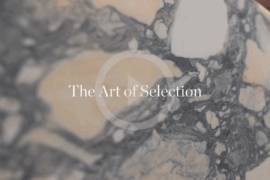
CDK Stone’s Natasha Stengos takes us through its Alexandria Selection Centre, where stone choice becomes a sensory experience – from curated spaces, crafted details and a colour-organised selection floor.
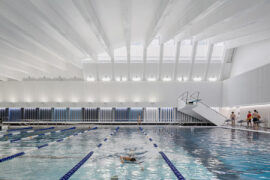
Hiwa, the University of Auckland’s six-storey recreation centre by Warren and Mahoney with MJMA Toronto and Haumi, has taken out Sport Architecture at the 2025 World Architecture Festival. A vertical village for wellbeing and connection, the project continues its run of global accolades as a new benchmark for campus life and student experience.